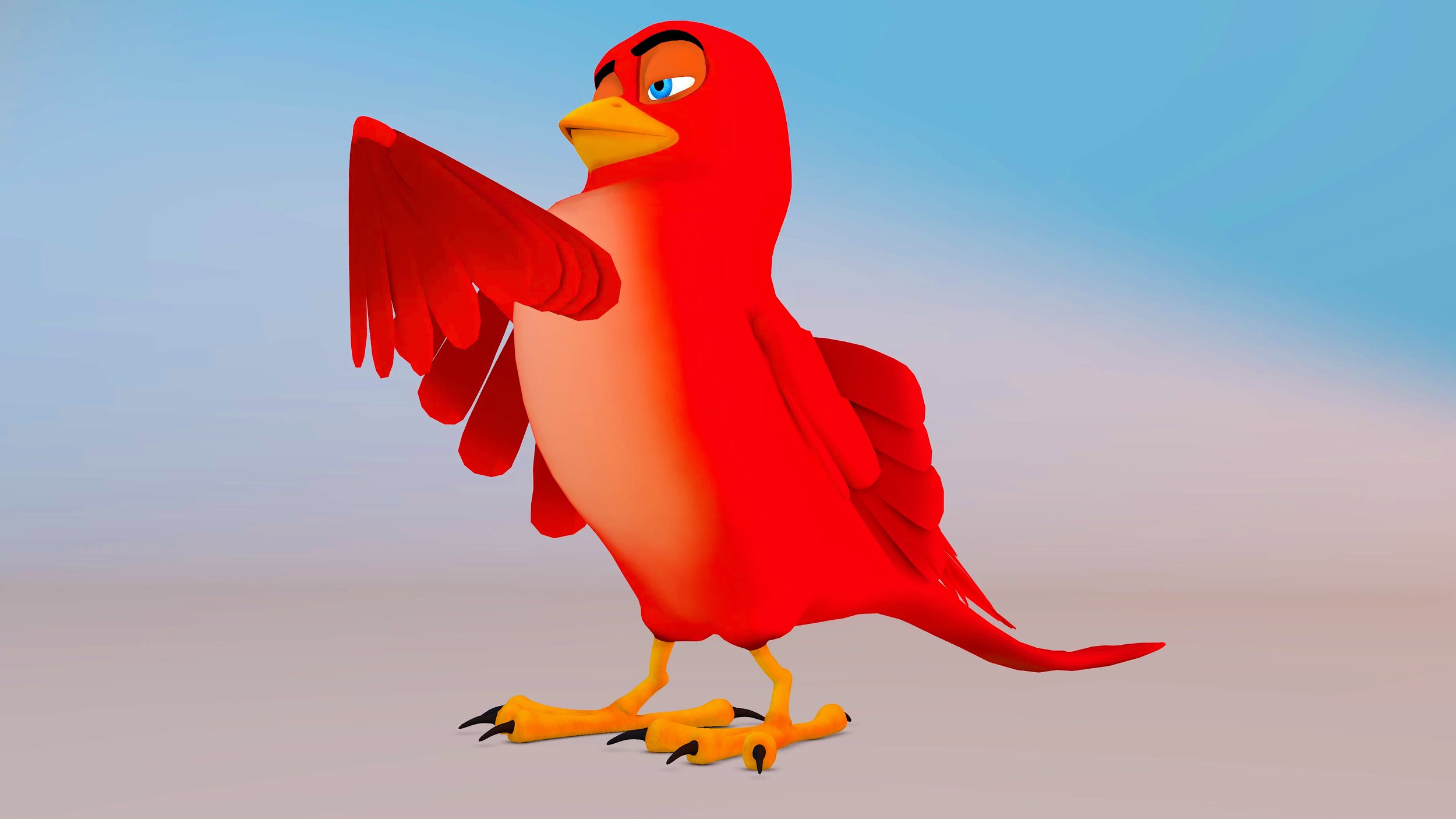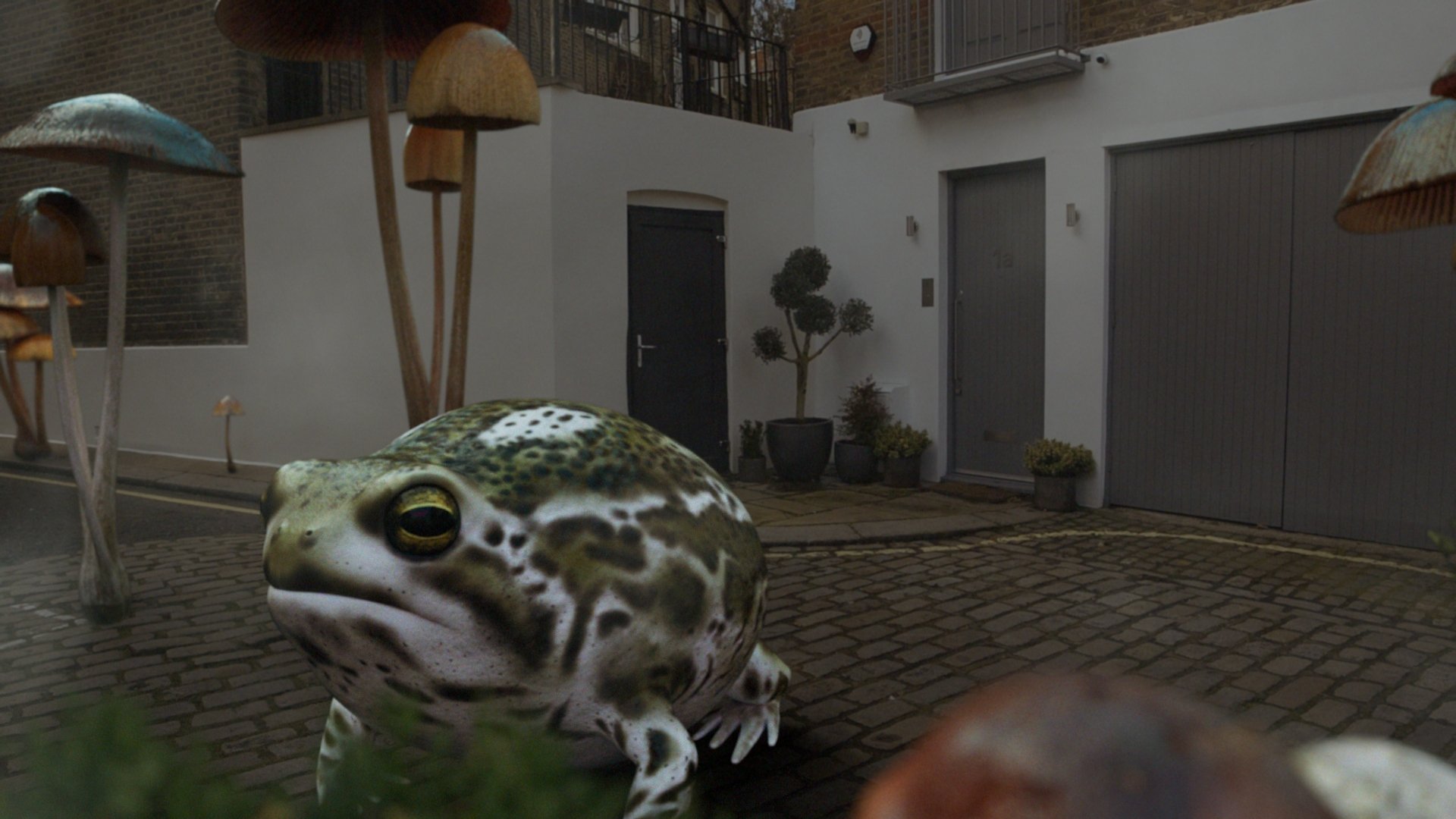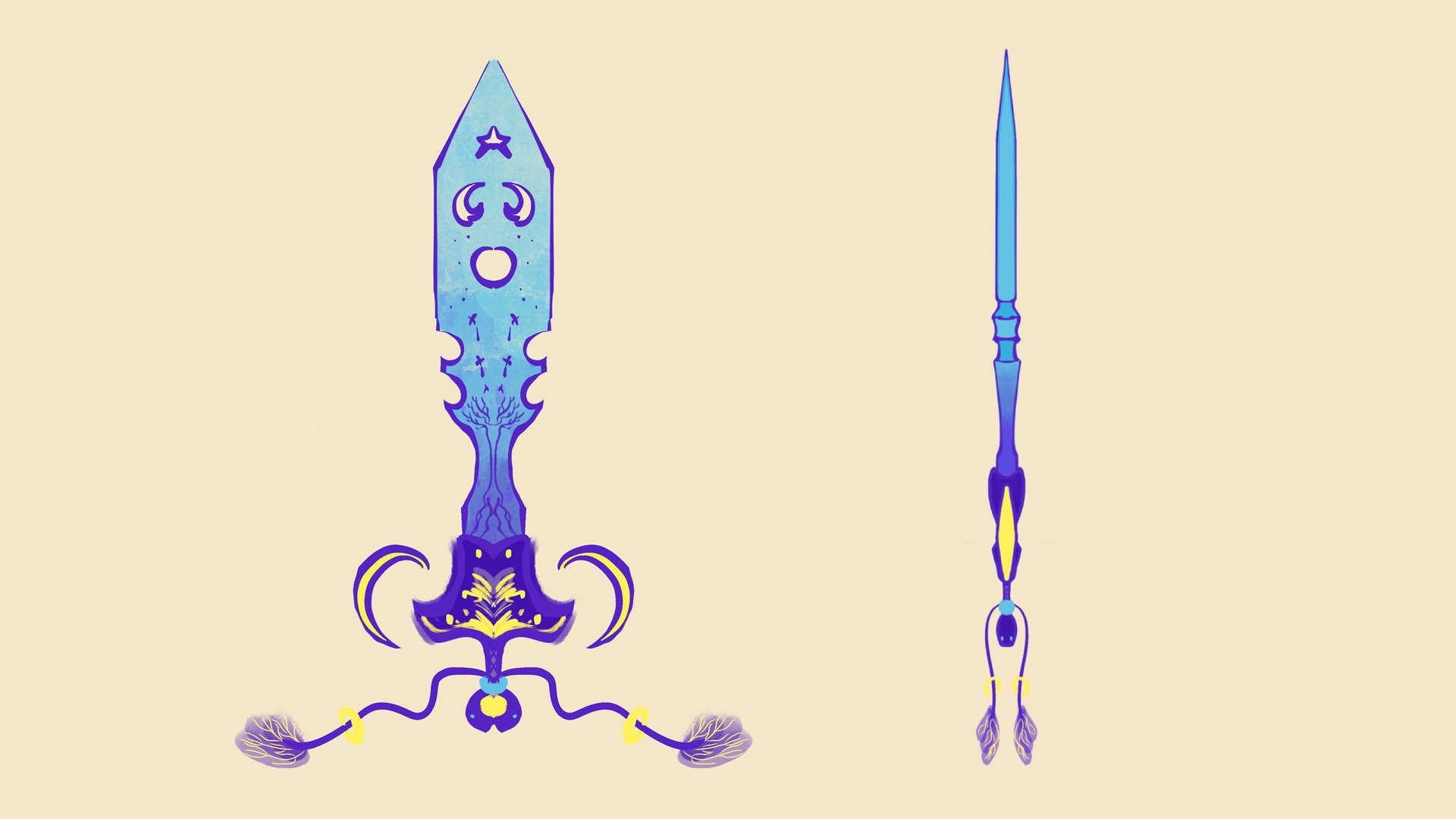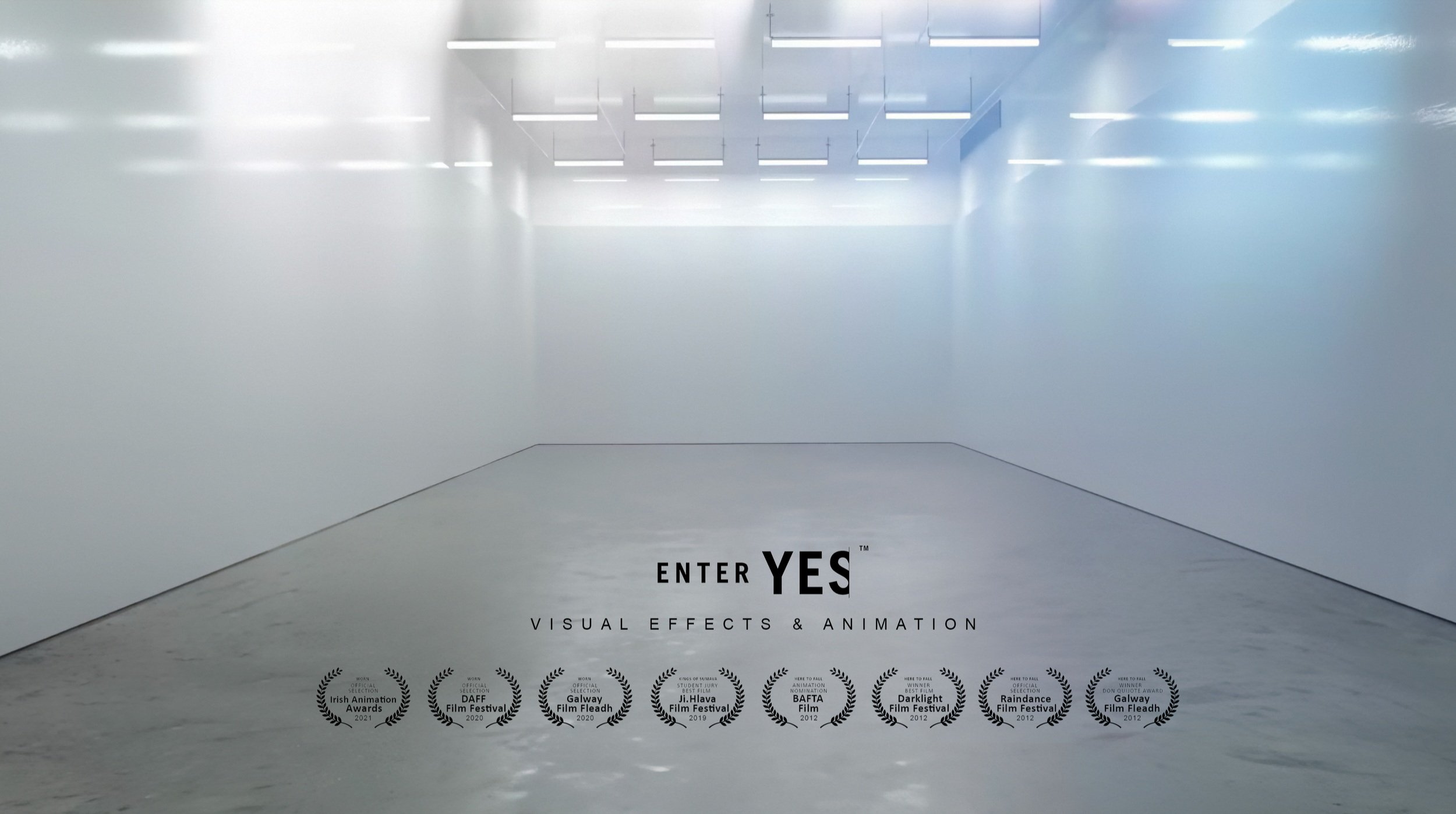C17880 COURSEWORK 2:Facial Performance
Creating a compelling Facial Performance for my final assignment
Semester 2
1st May 2023 - 10th May 2023
Credit: Anna McKee, screenshot from Facial Performance in Maya
Flow Chart - Facial performance
Flow Chart created by Anna McKee
Study and preparation -
As I was quite new to facial + character animation in particular, I decided to complete some external research regarding this complex topic.
Video research:
The Secret Workflow for Animating Dialogue - By Sir Wade Neistadt
This video shows us how to select dialogue (do’s and don’ts), workflows and the extreme importance of Phonetics. This video also helped me to personally break-down the script of the audio reference.
IMPROVE Your Lip Sync Animation in 3 Steps - By Sir Wade Neistadt
This video highlights the importance of asymmetry, especially within the lips / corners of the mouth, (also tips regarding how to improve your animation by making small + detailed adjustments to the ears and muscles of the face).
Don't Let Your Character Die! Keep Alive Workflow - By Sir Wade Neistadt
This video provides tips and tricks regarding how to create a feeling of ‘life’ within an idle animation. I feel that this advice could be useful + relevant within my own facial animation as there would be moments of silence
Selecting the rig -
The rig I selected for my facial performance is called, “Stewart Rig” - created by Anim Props.
I was inspired to select this rig due to my admiration for birds!
(Therefore being able to animate a talking bird really appealed to me)
Pros:
Unique rig
Inexpensive
Wings are easily opened and closed
Bird comes with detailed facial rig, including teeth and tongue
Cons:
The rig was advertised to come with scaleable ‘breathing’ controls, although this is untrue - ( I will try and experiment to recreate a breathing technique)
May be tricky to recreate ‘human’ facial performance, due to the changes of proportions between the human face and bird face
Credit: Rig created by Anim Props
Selecting an audio reference -
I decided that I wanted to select an audio from a Podcast, (something that was neither related to film or animation, as this would make the facial performance too recognisable, and the viewer could then be distracted by the sound of their favourite film / animation).
Editing the audio reference -
As the original unfortunately contained impolite phrasing, I then decided to bring the audio into premiere Pro and remove the unnecessarily rude phrases within the speech, as this original sound did not improve the quality or help to convey the specific type of performance that I was going for.
After editing the audio and switching the sentence structure slightly, I then placed a “De-Noise” effect onto the sound, which helped the audio to regain a more ‘crisp’ playback.
Screenshot credit: Anna McKee
Final Edited Audio -
Credit: Original audio - Jayuzumi, Remixed by Anna McKee
Goal / Purpose of this animation -
The overall goal of my animation was to create a comedic juxtaposition between a perceived ‘masculine’, dreadfully misogynistic internet celebrity and a harmless, fluffy, animated bird.
I feel that this stark contrast helps to the break the reality of of what the Podcaster (Andrew Tate) is saying and the silliness of the bird.
Creating my own reference video -
Click below to play video
Credit: Anna McKee
Red underline = Word currently spoken
Green underline = Letter / Phonetic currently spoken
This video shown above portrays my own reference video that I recorded using my phone. The video was then edited in Premiere Pro and digitally annotated within Syncsketch.
When recording this facial performance video I placed more of an emphasis on the expressions / phonetics of the words, without much regard for the remaining facial expression.
The reason behind this is because I wanted to focus only on the actions of the jaw, corners of the mouth, lips, etc first, instead of the entire face.
I feel that taking this approach has helped me to gain a stronger understanding of the importance of creating an anatomically correct lip sync. Although there are drawbacks to this process, as I soon realised that I would need to create further video references regarding eye-darts and the more subtle ‘micro-expressions’ within an expressive performance.
(These secondary videos remain unpublished, although they were used as an important reference when animating further body / facial mechanics).
Researching + utilizing Image reference
“Rio” and “Rio 2”
Images composed through Pureref, Credit: The Art of Rio: Featuring a Carnival of Art From Rio and Rio 2
These images shown above were gathered from, “The Art of Rio: Featuring a Carnival of Art From Rio and Rio 2” website and then composited within the desktop application, “PureRef”.
I decided to select these image references shown above as I wanted to create a storyboard that would portray my selected rig (a red bird) with compelling human emotions (without reaching into the Uncanny Velley) and movement. This could be challenging to establish due to the difficulty of humanising a bipedal animal with feathers as fingers.
Although after studying the beautiful concept art from “Rio 1+ 2”, I was then able to discern that a level of credible expression could be formed within the rig by using the eyebrows, micro-controls around the eyes + beak and feather controls within the wings.
For example, even though my selected rig had a beak instead of a human mouth, I would still be able to create recognisable ‘mouth-shapes / Phonetics’, due to the rigs’ micro-controls, specifically situated around the upper + lower corners of the mouth.
The large eyebrow controls within the bird rig also would help to portray a more expressive combination of human and cartoony expression.
Through studying this concept art shown above, I was greatly influenced by the artist’s choice of drawing the wing feathers as an extension of human fingers, although maintaining their naturalistic ‘bird-like’ function.
Another reason why I found this concept art to be so inspiring is the artist’s use of ‘Line of Action’, which can be seen within many of the bird illustrations, (from beak to tail, a curved line of action is visible, this also helps to create a more appealing and dynamic pose). This inspired me to attempt to utilise ‘lines of action’ within my own storyboard and future animation.
Storyboarding -
Credit: Anna McKee - Storyboard created with Procreate + Adobe Photoshop
I decided to create this simple storyboard using an iPad to digitally sketch out some simple concepts of my chosen Facial Performance animation.
A large part of inspiration was taken from the Rio concept art -( © Blue Sky Studios © 20th Century Fox) which helped me to replicate the linework within the feathered wings, implying human characteristics to them, (ie, fingers).
Frames 1 - 6 portray a quirky and comedic storyline of an overly-confident bird character and his own performative bragging voice lines brought to life.
Breakdown of frames:
Frame 1 - Bird is confident, with air in its lungs, standing tall and speaking from its chest
Frame 2 - With its’ wings outstretched, the bird wants to make itself look large and almost 'God-like’
Frame 3 - Bird poses like a bodybuilder, showing off its’ biceps / strength whilst continuing to brag
Frame 4 - Bird becomes distracted from showing off its’ muscles, it then is star-stuck and cannot think of what to say next. This is beginning to show a contrasting character development.
Frame 5 - Bird is now pondering + concentrating, delving deep within its’ subconscious
Frame 6 - Overly-confidnet, but still unsure of itself, the bird then reassures the audience that it is INDEED very intelligent. The bird does stutter over the word “S-S-Smart”, this encourages the audience to ‘second-guess’ the bird’s own opinion of itself
Screenshot progress -
Blocking + Spline
Screenshot Credit: Anna McKee
Facial Performance - Blocking + Spline
Click below to play video
This video portrays my Bird Facial Performance
Stepped and Spline have now been added, this is a first pass.
Audio: Jayuzumi
Rig by Anim Props: https://animprops.com/product/stewart-rig/
Syncsketch Link: https://syncsketch.com/sketch/M2MwMzBkN2M3/?offlineMode=1#/17504218/18162675/f_0
Credit: Video + Animation by Anna McKee, rig by Anim Props
Blocking / Spline - Feedback - 09/04/2023
Heather McKee - Family member
Constructive feedback received regarding the Blocking / Spline First Pass stage of my Bird Facial performance:
“I really like the audio you used, it makes the bird sound a bit full of himself, which is quite funny given how cartoony he looks!
I know it’s not finished, but I think it would be nice to see the bird open its’ wings to the camera, as this would make him look more like an over-confident Peacock. ”
Conclusion: Blocking + Spline
In conclusion I feel that I have learned a great deal regarding an introduction to lip-sync and how to utilize animation layers.
Although this animation was not completed to its full capacity, I was able to create the first Blocking stages of the camera, Blocking stages of the main body poses and the first Spline stages of the lip sync.
Whilst animating, I soon realised that my previous research regarding the concept art from “Rio 1 +2” had paid off, as it was a continuous element that I kept studying and referencing whilst I was positioning the wings/feathers and eyebrows of the bird.
The storyboard that I created for this animation was also a strong key element of inspiration whilst selecting the correct poses that would be most likely to convey the emotions that I wanted to display. Although there had to be a few changes from the storyboard to the final animation, as there were parts of the rig that would not adhere correctly to the exact positions of the storyboard drawings.
For example, the Primary and Secondary Feathers of the birds’ wings were sometimes difficult to pose correctly whilst taking inspiration from the storyboard. Therefore instead of relying on the storyboard alone, I then attempted to utilise the birds’ own silhouette model within Maya. This was completed by seeing if the pose that I wanted could be easily recognisable as a silhouette within the viewport.
If the pose was easy to read / understand, then it would mean that it is a successful pose and can be conveyed simply through the use of form + edges alone.
I also found that the process of creating the Lip-Sync was greatly helped through the use of creating my own reference video and annotating it within Syncsketch. This was because I was then able to reflect back on this video continuously and create the necessary Mouth-shapes for my bird character, as within the reference video I made, I had already annotated the exact changes of the jaw / lips during each Phonetic sound.
Even though this animation remains incomplete, I feel that I have grown as an animator during the process of creating this Facial Performance Animation and in the future I hope to be able to successfully speed up my workflow and animate to a quicker pace.
How I created a visually pleasing Playblast -
Many of these ideas / tips were inspired from my previous blog entry, “ANIMATION WORKSHOP #1”, under the subtitle section, “PLAYBLAST INFORMATION + IMPROVEMENTS”
Shadows were enabled
Colour-space adjusted accordingly to match the cartoony style of the bird (changed to “Un-Tone-Mapped sRGB”),
Increase Playblast resolution size to 4K, which is 2,160 x 3,840)
Lighting setup created, warm + cold lights
Plain curved backdrop created
Anti-Aliasing activated
Screens Space Ambient Occlusion enabled, turned up to 16 Samples
What I have learned throughout this animation process: (Facial performance)
How to use Animation Layers
Creating Mouth Shapes within Studio Library
Importance of breaking-down your own video reference into individual Phonetics, using SyncSketch
Selecting and editing compelling audio clips that include a range of tone, dialect inflection, changes in pace / timing
Setting up the scene with credible lighting, props, backdrops
Importance of creating a high-quality Playblast
Importance of silence within an audio clip, as this silence can help to break up the pacing of the speech
How I could improve this animation -
I would improve this animation by positioning the camera slightly further back during the first pose, as I feel that it is too close to the character.
I also feel that this animation could be improved by focusing more attention to the corners of the mouth within the lip-sync, as this could be considered one of the most important elements of lip-sycning in general, therefore more attention would need to be derived on this subject.
Goals for the future -
My goal for the future is to learn from this experience of creating the beginning stages of a complex lip-sync animation and to speed up my own workflow.
I feel that with further practice within the realms of animation in general and also setting myself small goals of animating a human/creature within a strict time period (1-3 hours), I could push myself to animate within a much faster time-frame.
Although I know that this process of speeding-up will take much practice and concentration, it is one of the goals that I look forward to challenging and completing, (as I know that the skill of animating quickly, whilst retaining quality is something that film + game studios look for).
Also within the future I would really like to animate a realistic animal, such as a flying bird cycle or a horse running, or maybe another attempt at an acting shot (perhaps a Quadruped this time).
This is something that would be carefully planned out with a Storyboard and lots of reference inspiration.








































Creating a range of Animations…